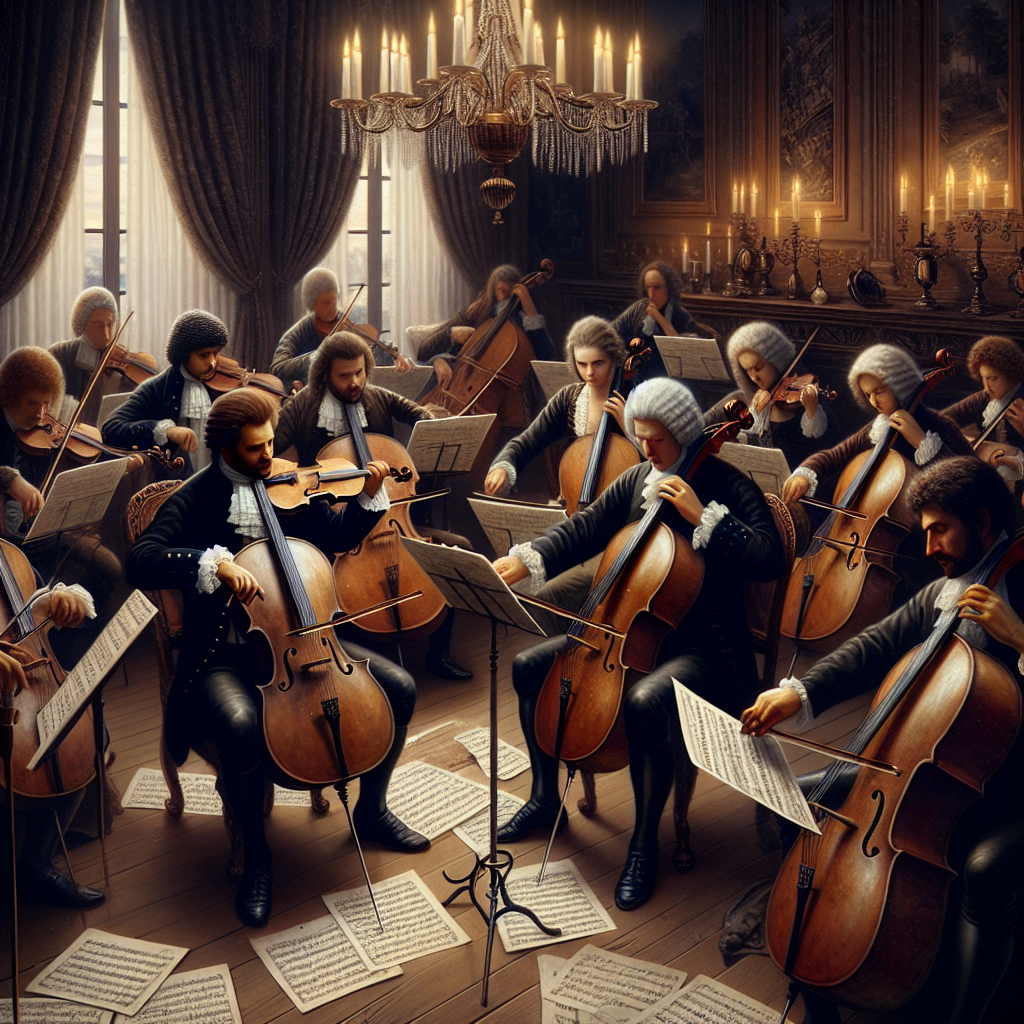The unique spirit and soul of any culture are often encapsulated within the exclusive texture of its traditional music. Music has often been considered a universal language; transcending borders and communicating the essence of a community, its values, dreams, and its struggles. One such embodiment of cultural richness and local tradition is Gilaki music. Hailing from Iran’s northern Gilan province, Gilaki music exudes both the intrinsic simplicity and profound depth of Gilaki culture.
AESTHETICS OF GILAKI MUSIC
At its core, Gilaki music carries the simple joy and easiness of life spent in harmony with nature. Considering the lush geographical landscape of Gilan, it is hardly a surprise that Gilaki music embodies pastoral elements within its rhythm and lyrics. The primary factor contributing to the uniqueness of Gilaki music is its compelling use of local instruments. Some popular instruments include ‘sorna’, a wind instrument, ‘dohol’, a drum, and ‘balaban’, which is a reed. The playing style, coupled with the natural symphony of these instruments, allows Gilaki music to strike an emotional chord with its listeners.
TRADITIONAL GILAKI MUSIC
Traditional Gilaki music displays an array of genres, the most popular ones being ‘Towsti’, ‘Avazi’, and ‘Seyedana’. ‘Towsti’ involves work songs sung by farmers while tilling their lands, whereas ‘Avazi’ is slow-paced music signaling mourning. ‘Seyedana’, on the other hand, is narrative music performed by troubadours and is often accompanied by dancing. These varied genres depict the multi-faceted life of the Gilaki people, their sorrows, their celebrations, and their everyday struggles.
MODERN GILAKI MUSIC
Gilaki music, like any dynamic art form, is adaptive and flexible. Its conventional form has indeed given way to more modernized narratives, as seen in ‘Pop Gilaki’. This genre maintains the soulful essence of the traditional Gilaki music while incorporating modern elements that cater to the contemporary audience. ‘Pop Gilaki’, differentiated by faster beats and updated instruments, has helped Gilaki music find a stronger foothold in Iran’s modern music scene. It has reached the younger generations who are keen on exploring the roots of their tradition within the framework of modern music.
THE FUTURE OF GILAKI MUSIC
Gilaki music has successfully managed to cross generational barriers and withstand the test of time. Even as the world increasingly inclines towards digitization and synthetic music, Gilaki music holds its ground with its organic appeal. Efforts have also been made to preserve and promote Gilaki music. These efforts, crucial for preserving the culture and heritage of Gilaki people, now need to be enhanced with a strategic thrust towards engaging the global audience.
CONCLUSION
The essence of Gilaki music rests within its enchanting fusion of simplicity and depth. It depicts the stories of Gilaki people, their happiness, their sorrow, their love for their land. Through ages, Gilaki music has evolved, but its soul remains unchanged. The sounds that echo within the valleys of Gilan, the bracing winds whispering tales across generations, are all encapsulated in the rhythmic beats and lyrical melodies of Gilaki music. Indeed, the charm of Gilaki music lies not just in its sound, but also in its vibrant resonance with life.
FAQs
- 1. What is Gilaki music?
- – Gilaki music is a form of traditional music originating from the Gilan province in northern Iran.
- 2. What makes Gilaki music unique?
- – The compelling use of local instruments and its lyrics that depict the life and ethos of the Gilaki people make Gilaki music unique.
- 3. What are the various genres within Gilaki music?
- – ‘Towsti’, ‘Avazi’, ‘Seyedana’ and ‘Pop Gilaki’ are the various genres within Gilaki music.
- 4. How is modern Gilaki music?
- – Modern Gilaki music incorporates elements from contemporary music while retaining the essence of traditional Gilaki music.
- 5. What is the future of Gilaki music?
- — Despite global trends towards digitization, the Gilaki music niche remains popular due to its organic appeal. Efforts are constantly made to preserve and promote Gilaki music, thus ensuring its future.




